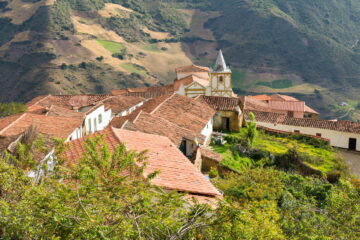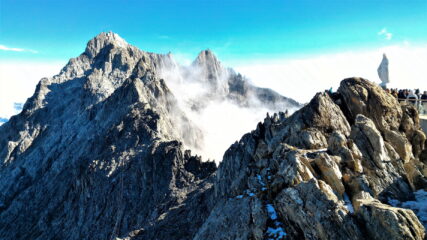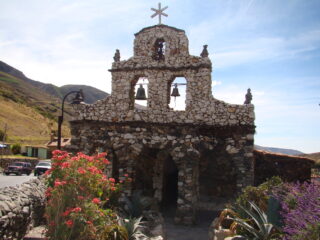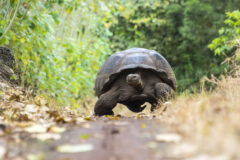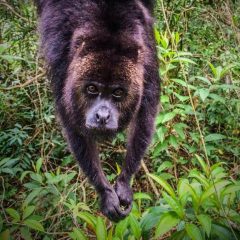Overview
The Andean cordillera is every bit as dramatic and photogenic in Venezuela as in the neighbouring countries, with spikey snow-tipped peaks rising out of a savage upland landscape of wilderness grasslands, tousled forests and icy lagoons. There are isolated villages where life has changed little through the country’s political, economic and social upheavals over the years. Tiny farmsteads cultivate potatoes and maize on undulating slopes or hand-hewn terraces, served by little colonial-style market towns. The principal settlement here is the University town of Mérida, 1,630m, now a centre for adventure sports in the shadow of the country’s highest peak at 4,987m, Pico Bolívar.
Accommodation
Browse our unrivalled portfolio of accommodation . Every option has been carefully chosen by our team of travel experts, so you can rest assured that you’ll relax in utter comfort.
Where to go when - our guide to Merida and the Andes

The weather in Merida and the Andes is wide and varied
Rising from tangled landscapes of wild grasslands, lush forests and icy lagoons are the snow-tipped peaks of the Andes. Scattered with traditional villages, small farmsteads and colonial-style market towns, the principal settlement and centre for adventure sports is Mérida. There is plenty of rain in the mountains, with a drier, sunnier season between December and March. High altitude means that Mérida is cooler than the lowland areas of the country; temperatures hover around the low 20°Cs. Christmas, Carnival in February/March and Easter are busy times for visitors.
View our Merida and the Andes weather guidePapagaio
Your edit for Latin American inspiration
Our exciting range of articles on Latin America explore everything from iconic destinations and lesser-known cultural gems to delicious traditional recipes. You’ll also find exclusive travel tips, first-hand client reviews and the chance to get your personal questions answered by our travel experts.
View Extraordinary Inspiration
